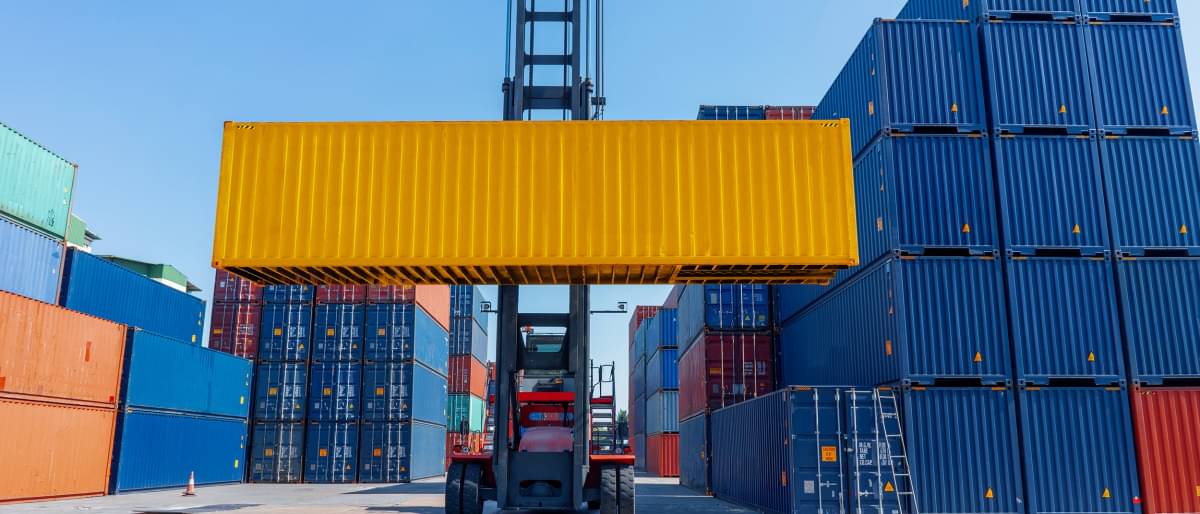International documentary business
,
Documentary collection
International documentary business
,
Processing and securing payments in international trade without the banks involved providing an undertaking to pay

Your trusted choice for trusted business: documentary collection
Documentary collection is a payment method used in foreign trade. In a documentary collection transaction, credit institutions provide payers/importers with the documents that will enable them to take possession of the goods – but only against payment or acceptance of a bill of exchange. The banks involved do not assume any liability for payment and/or acceptance.
What is documentary collection?
Documentary collection is a payment method used in foreign trade. In a documentary collection transaction, financial institutions provide payers/importers with the documents that will enable them to take possession of the goods – but only against payment or acceptance of a bill of exchange. The banks involved do not assume any liability for payment and/or acceptance.
Which requirements should be met when using documentary collection?
- Established business relationship between importers and exporters who have developed trust in each other
- No doubt about the business partners' ability and willingness to fulfil their obligations
- Politically and economically stable environment in the importing country, no forex limitations
What types of documentary collection are there?
Documents against payment
The importer receives the documents against immediate payment.
Documents against acceptance
The presenting bank releases the documents to the importer after the importer has accepted a draft. The importer can then immediately take possession of the goods, sell them and pay the bill of exchange when it becomes due.
Documents against written undertaking
The bank releases the documents to the importer against a written undertaking that the importer will pay the collection amount on the due date.
Documents against trust receipt
A trust receipt is a written undertaking by the importer that the documents and goods will only be used as agreed upon. Once the trust receipt has been signed, the importer will be free to take possession and dispose of the goods.
How does documentary collection work?
The parties to a documentary collection transaction are:
- Principal/remitter:
commissions the bank with collection processing. - Remitting bank:
commissioned with collection processing by the exporter. - Collecting bank:
every bank tasked with collection, excluding the remitting bank. - Presenting bank:
presents the complying documents to the importer. - Drawee:
party the complying documents are to be presented to.
A typical documentary collection, step by step:
- Norwegian Import AS orders spare parts from German Machinery GmbH. The parties contractually agree on payment by documentary collection under the condition of "documents against payment".
- Machinery GmbH ships the spare parts to Import AS.
- Machinery GmbH forwards the collection documents and the collection order to Commerzbank.
- Commerzbank checks the collection order for plausibility and the documents for completeness, then forwards the documentary collection to the importer's bank.
- The importer's bank checks Commerzbank's collection order for plausibility and authenticity, and the documents for completeness. It then notifies Import AS that the documents have been received, and also informs the importer about the terms and conditions of the collection and the collection amount.
- Import AS issues an order for collection to its bank, resulting in immediate payment for the documents and the documents being released to Import AS.
- The importer's bank transfers the collection amount received to Commerzbank.
- Commerzbank credits Machinery GmbH's account with the collection amount.
Advantages of using documentary collection,
Protection for exporters and importers
,
Exporters:
- Documentary collections are cheaper than letters of credit.
- Documents are delivered against payment or acceptance.
Importers:
- Documentary collections are cheaper than letters of credit.
- Credit line remains unaffected.
- Documentary evidence provides certainty regarding the quality and quantity of the goods.
Which documents can be used in documentary collection?
Cargo documents
- Documents that certify title to the goods (bill of lading, consignment note, warehouse receipt)
- Documents that do not certify title to the goods, but are proof of shipment (freight bill, certificate of posting)
Insurance documents
- Insurance statement for the transport route and the scope of insurance coverage
- Delineation between insurance certificates and policies
Trade and customs documents
- Commercial invoice
- Documents for customs clearance
- Packing list
- Certificate of origin, certificate of quality and cargo-specific documents, as applicable
Accompanying documents
- Release of documents against signed trust receipt